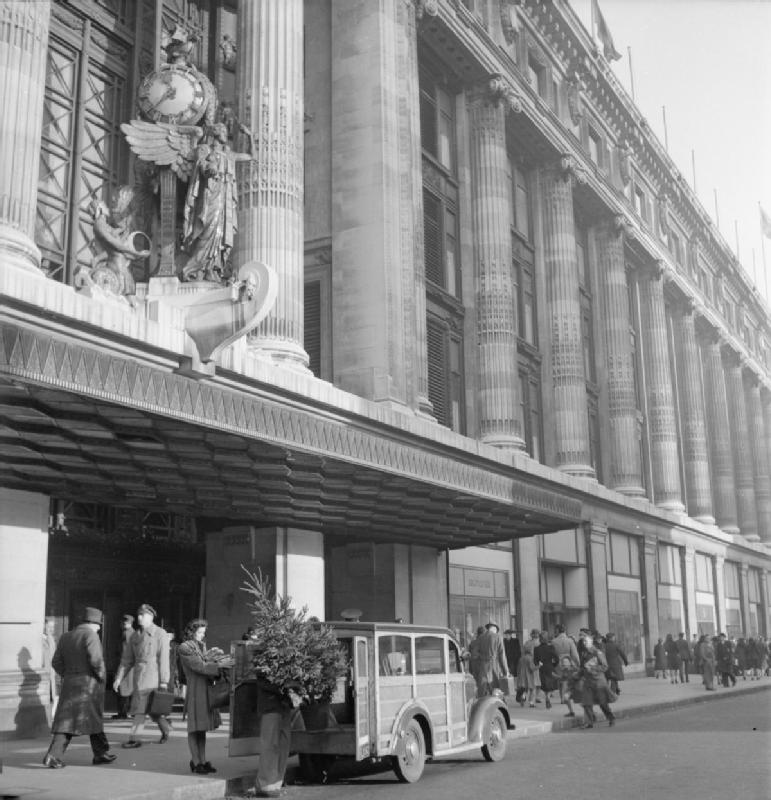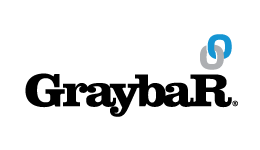Technology in our DNA
Shh! It’s a secret. Or was a secret. A really big one. During World War II, “Project X” involved the invention of an unbreakable speech enciphering and transmission system. Graybar provided warehouse space where technology was developed that was used to scramble telephone calls between the U.S. and British governments. It’s widely regarded as ground zero for the digital revolution.
By its nature, the system couldn’t possibly be deciphered by anyone other than its intended recipient. The people who worked on it called it the “X System.” To the Signal Corps members who handled it, it was known as “SIGSALY” or “Ciphony 1.” And to the people in the telephone and transmission centers who handled its trunk circuits and were curious about its function, it was “the Green Hornet” because the audible controls sounded like the theme of a well-known radio program of the era.


No matter what it was called, technology has been a huge part of Graybar DNA ever since.
The postwar development of the transistor and the advent of television were just the two most obvious signs of how technology was changing life in America. Computers were next. In 1964, Graybar transferred 75,000 names on its direct mailing list to magnetic tape. In 1966, the company leased a Honeywell H-200 to process pension and dividend payments and the New York district payroll.
Technology helped jump-start Graybar’s logistics business. In the 1980s, Graybar took over warehousing and logistics for Southwestern Bell, a major customer that emerged from the breakup of AT&T. To operate the warehouses efficiently, Graybar helped develop one of the earliest sets of electronic data interchange (EDI) protocols. EDI allowed computers to communicate with each other in standard formats so that purchase orders, invoices, shipping notices and other documents could be transmitted and processed electronically, eliminating paper documents.
Graybar acquired its first mainframe computer in 1987, a pioneering move in the wholesale distribution business. That opened the floodgates, allowing Graybar to reposition itself as more than a supplier. It had become a provider of logistics and other value-added services.
The 1990s were a technophile’s paradise. Graybar embraced new technology and launched pilot programs in bar coding, paperless warehousing, vendor-managed inventories and specialized inventory deployment, in addition to improving its online ordering system.
The mid-‘90s brought the first company website and the first dial-up training courses, with a web-based Virtual Campus featuring more than 300 courses debuting in 1997.
But the total investment of it all paled in comparison to the $100 million upgrade and conversion of the entire company to enterprise resource planning (ERP) software in the early 2000s. Every Graybar employee was trained on new software that linked every location into a unified organization focused on fulfilling customers’ orders quickly, completely and accurately. Upgrades, of course, have continued apace since then, with digital transformation the new norm. Graybar will continue to invest in the best possible solutions to help us, as always, provide exceptional customer service. And that’s no secret.



